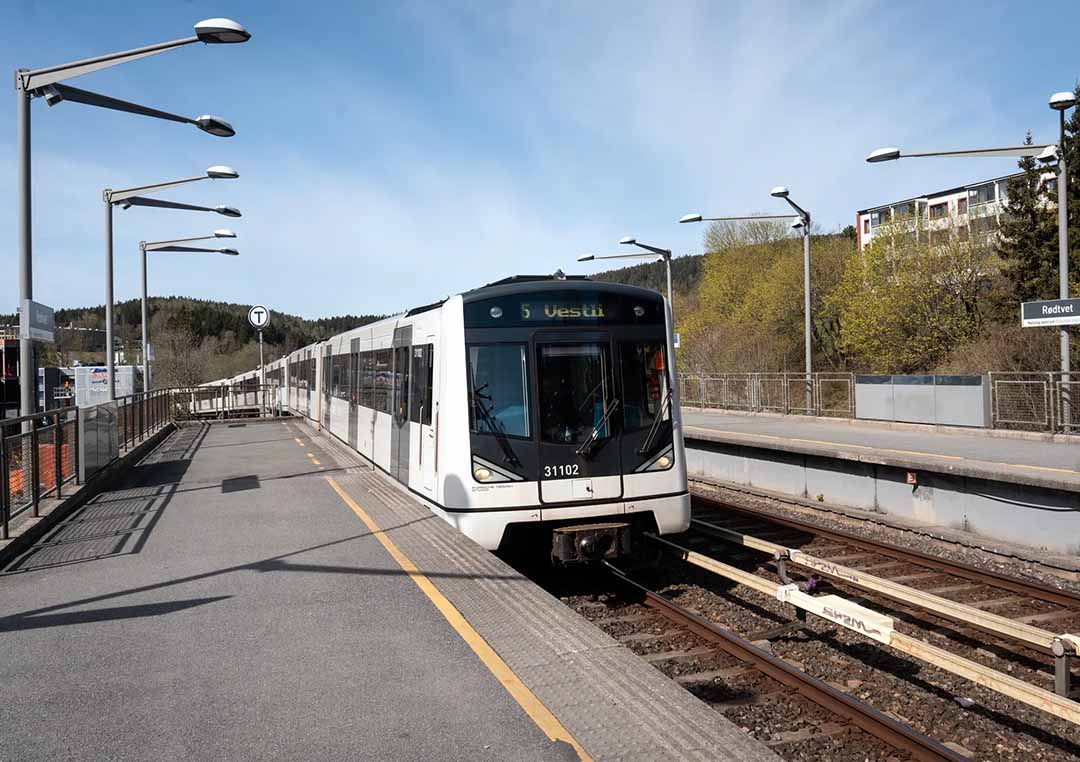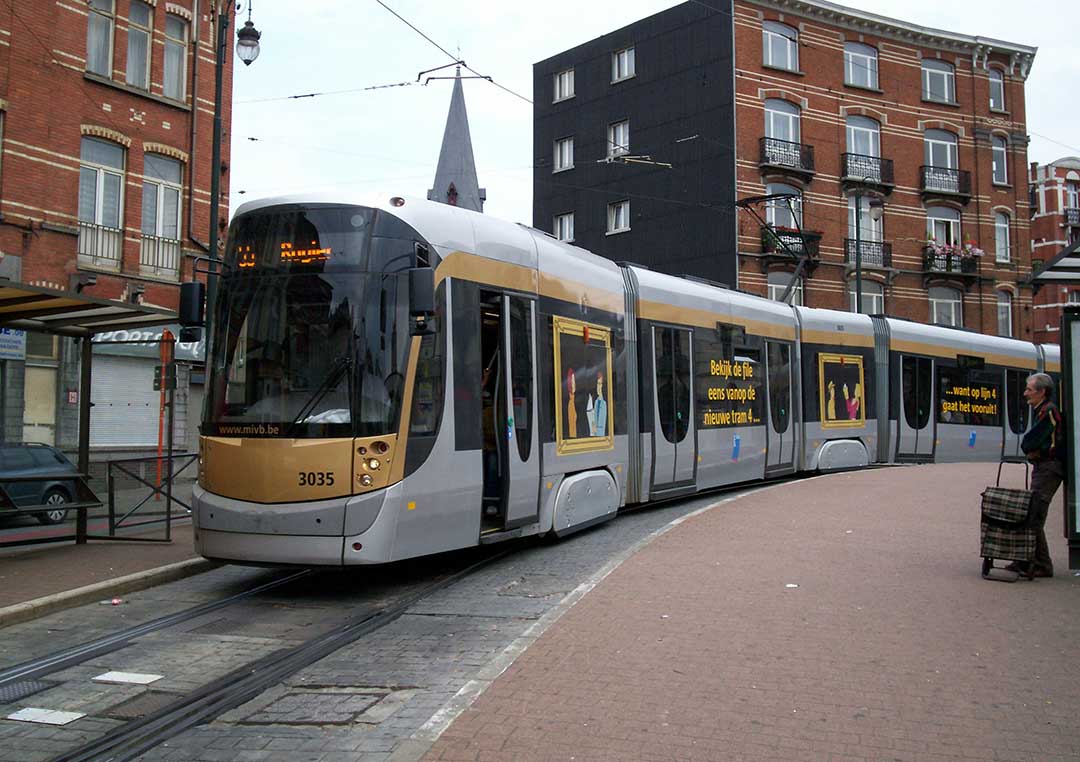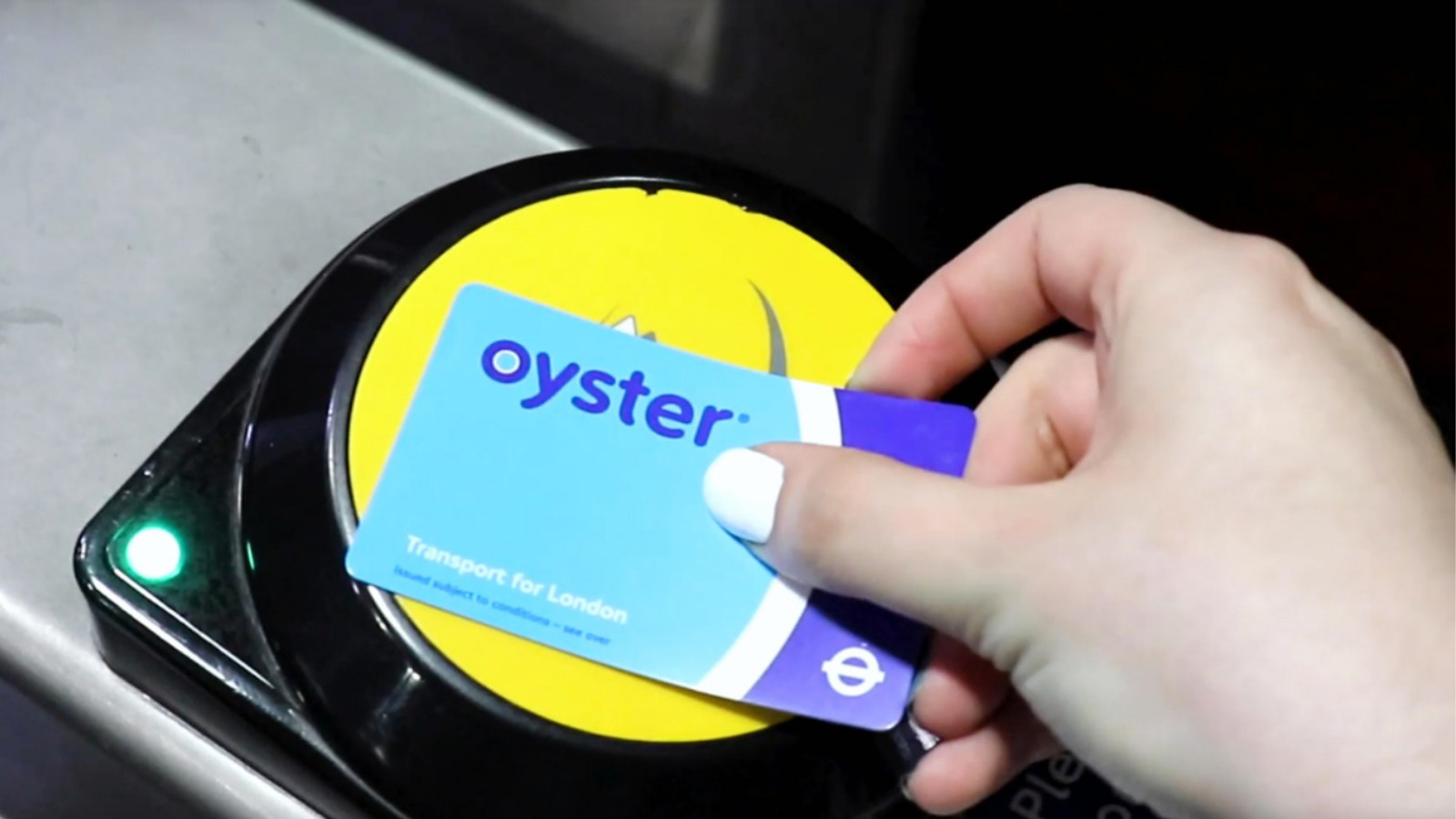Oslo, the capital of Norway, is a city full of charm, blending modern urban vibes with natural landscapes, attracting thousands of tourists every year. Whether you are a culture enthusiast, a history seeker, or an explorer of natural beauty, Oslo offers a rich travel experience. However, to have a smooth and enjoyable visit, there are a few travel tips every tourist should know before heading there. Today, I will provide you with “5 travel tips you need to know before visiting Oslo,” helping you better plan your trip to this wonderful city.
1. Understand Oslo’s Transportation System
Oslo has a well-developed public transportation system, making it an ideal choice for tourists to get around the city. Whether it’s buses, trams, or the metro, these transport options can help you easily reach most tourist attractions and important locations. Therefore, understanding and using these transportation tools will greatly improve your travel efficiency.
Metro (T-bane)
Oslo’s metro system covers most areas of the city, operating from early morning until late at night. The blue and red lines of the metro are especially convenient for tourists visiting main attractions such as the city center, the Opera House, Akershus Fortress, and the Holmenkollen Ski Jump. The metro stations are well-distributed, and it usually takes just 5 to 10 minutes to walk to a station. Tickets can be purchased at automatic vending machines, and it’s recommended to buy the “Ruter” travel card, which works across buses, trams, and the metro.
Buses and Trams
Oslo’s buses and trams are great for moving around the city, covering more areas than the metro, especially in places not reached by the metro system. You can use these transport options to explore Oslo’s suburbs and surrounding areas. Most buses and trams accept the Ruter travel card, or you can pay with a single ticket.
Renting Bikes and Walking
Oslo is a city very suitable for cycling and walking. There are many bike rental stations throughout the city, especially in the city center, where visitors can easily rent bikes. Cycling is a great way to explore Oslo’s natural scenery and urban streets. Moreover, the city center is not very large, and many attractions are within walking distance, making walking another good option.
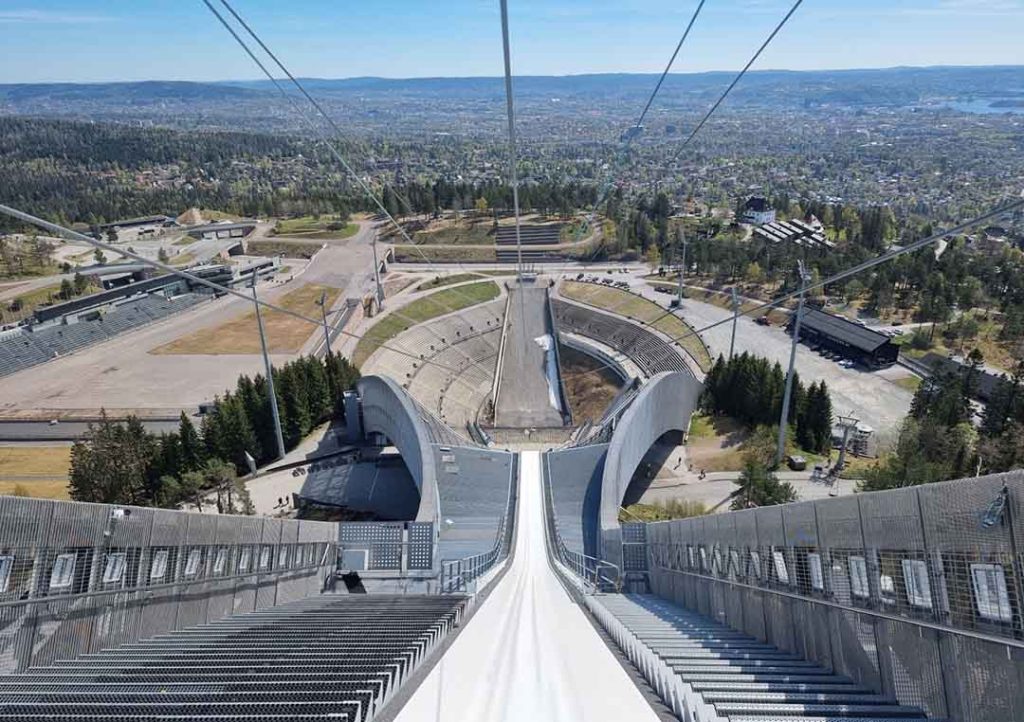
2. The Best Seasons to Visit Oslo
Knowing the best seasons to visit Oslo can help you plan your trip better. Oslo’s climate is characterized by four distinct seasons, each with its own unique charm for sightseeing and activities.
Spring (April to June)
Spring is a great time to visit Oslo. The temperature gradually warms up, the days get longer, and the city’s parks and gardens begin to turn green. Spring in Oslo is ideal for outdoor activities like cycling, hiking, and museum visits. Especially in June, Oslo experiences the phenomenon of the Midnight Sun, where the city barely experiences darkness at night, allowing you to enjoy the beautiful city scenery even in the late hours.
Summer (June to August)
Summer is the peak tourist season in Oslo, with the warmest weather, typically ranging from 15°C to 25°C. During this time, outdoor activities such as music festivals, outdoor dining, and seaside activities are very popular. You can take an island tour, cruise the Norwegian fjords, or relax in outdoor cafes under the sun. Additionally, Oslo hosts the Oslo International Arts Festival and other major celebrations, offering visitors a deep dive into Norwegian culture.
Autumn (September to November)
Autumn is the low season in Oslo, with fewer tourists, making it perfect for those who prefer less crowded places. The temperatures gradually cool down, and Oslo’s parks and forests offer beautiful fall foliage. If you enjoy photography, autumn is the best time to capture stunning landscapes. Also, hotel prices are generally more affordable during this period, making it an ideal choice for budget-conscious travelers.
Winter (December to February)
Winter is the ski season in Oslo, especially for those who enjoy skiing and snow activities. Oslo is a great destination for winter sports enthusiasts. You can visit the Holmenkollen Ski Jump to try skiing or enjoy winter sports at nearby ski resorts. Despite the cold temperatures, Oslo has a unique charm during winter, with Christmas markets and beautiful holiday lights attracting many tourists.
3. Norwegian Prices and Currency Usage
Norway’s prices are relatively high, especially in Oslo. Understanding the local cost of living and planning your budget accordingly is essential to avoid overspending during your trip.
Norwegian Krone (NOK)
The official currency in Oslo is the Norwegian Krone (NOK). While credit cards are accepted in most places around Oslo, some small shops and restaurants still prefer cash payments. To avoid high exchange fees, it’s advised to withdraw Norwegian Krone from local ATMs or use credit cards in larger stores and tourist attractions.
Budget Planning
In Oslo, the costs for dining, accommodation, and transportation are relatively high. For example, a typical lunch at a restaurant may cost between 150 and 250 NOK, and a fast-food meal may cost around 100 NOK. As for accommodation, hotels in the city center tend to be more expensive, particularly during peak tourist seasons. To save on costs, you can choose to stay at accommodations on the outskirts of the city or opt for serviced apartments. Supermarkets offer cheaper food than restaurants, so you may consider buying ingredients and preparing your own meals.
4. Essential Travel Items (Expanded)
To ensure your trip to Oslo goes smoothly and is enjoyable, there are a few essential items you should pack. Oslo’s weather can be unpredictable, especially with sudden rain or temperature changes, so being well-prepared for different weather conditions is crucial.
Waterproof Jacket and Comfortable Shoes
No matter when you visit Oslo, a waterproof jacket and comfortable shoes are a must-have. The city’s weather can be very changeable, with rain showers often occurring unexpectedly, particularly during the spring and autumn. A high-quality waterproof jacket will help you stay dry, while breathable and comfortable shoes will ensure you can explore the city for hours without discomfort. Given the city’s ample green spaces and the many outdoor attractions, your shoes should also be suitable for light hiking or walking.
Plug Adapter
Oslo uses European standard plugs (two-round-prong), with a voltage of 230V and a frequency of 50Hz. If you’re bringing electrical devices, be sure to pack a plug adapter, as well as a voltage converter if needed. Many travelers forget this crucial item, and it can be inconvenient to find one once you’re already in Oslo, particularly at higher prices in tourist shops.
Snacks and Drinking Water
While Oslo offers delicious food, its prices can be steep, especially at tourist sites and in the city center. To avoid overpaying for snacks and beverages, consider bringing your own. Many cafes and convenience stores around the city have water fountains, but carrying a reusable water bottle can help you save money. Having a snack or two in your bag can also come in handy during long sightseeing days.
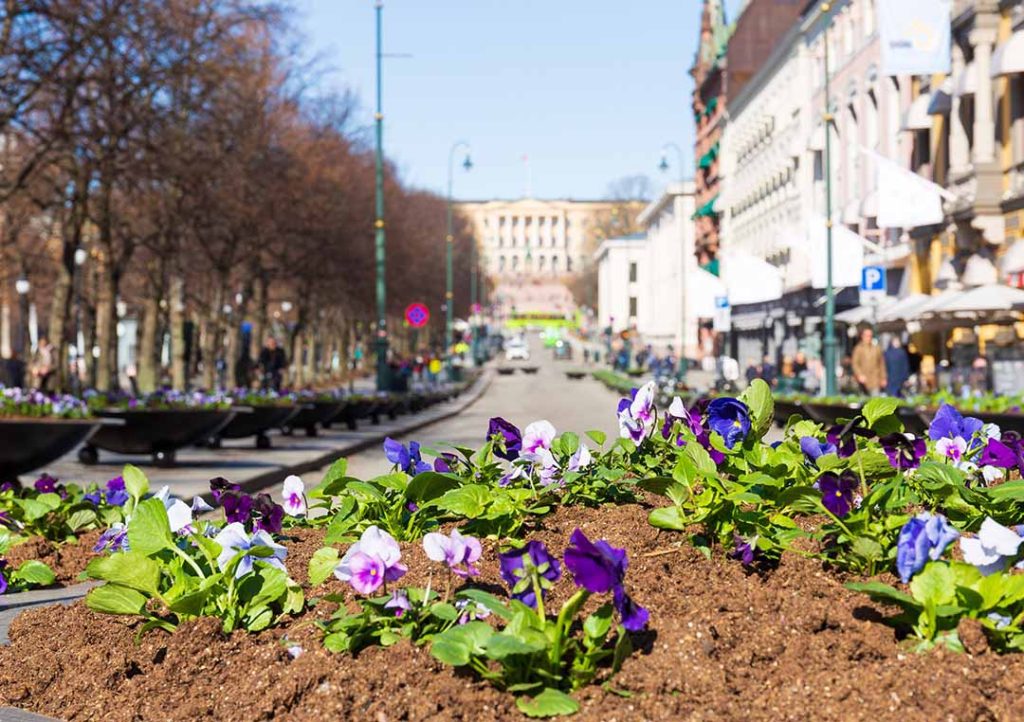
5. Norwegian Culture and Etiquette (Expanded)
Understanding the local culture and etiquette in Oslo will help you connect better with the locals and avoid misunderstandings during your trip. Norwegians are known for their respect for personal space and the environment, so being mindful of these cultural norms will enrich your experience.
Norwegians Love Nature
Norwegians have a deep-rooted respect for nature, and their love for outdoor activities is central to their way of life. Oslo, being a green city with plenty of parks, forests, and waterways, reflects this culture. Visitors should ensure they respect these natural spaces by leaving them clean and not disturbing wildlife. Additionally, many Norwegians enjoy hiking, biking, and other outdoor activities, so if you’re visiting in the summer, you’ll likely find local residents enjoying nature just like you.
Tipping Culture
In Oslo, tipping is not mandatory but is appreciated for good service. While tips are typically not added to bills, leaving around 10% of the total bill in restaurants, cafes, and hotels is customary if you are satisfied with the service. In taxis, it’s common to round up the fare or leave a small tip if the driver provides excellent service. However, tipping is not expected for every service, and Norwegians generally don’t make a big deal out of it.
Greetings and Social Etiquette
In Norway, casual greetings like “hei” (hello) or “god dag” (good day) are common. It’s important to understand that Norwegians value their personal space, so it’s best to avoid any overly close physical contact when meeting or talking to locals. Norwegians are often reserved but friendly, so a polite approach and respect for personal boundaries will help ensure positive interactions.

